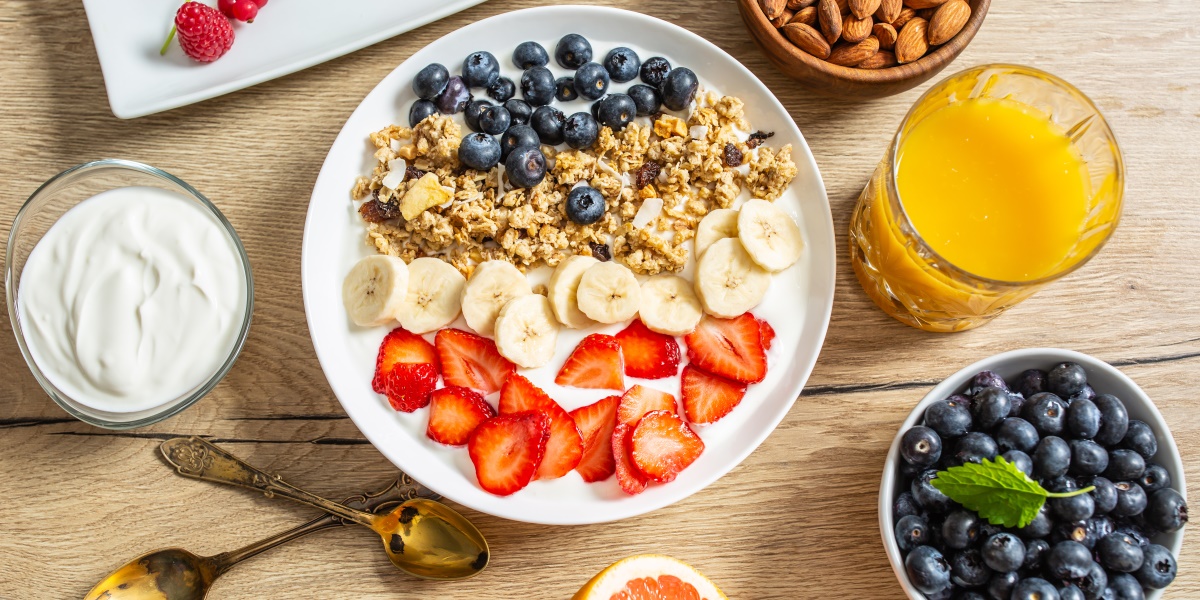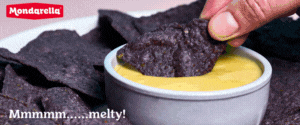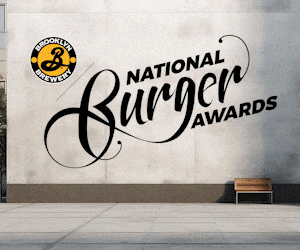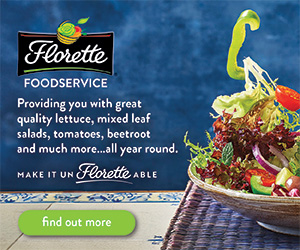Market insight: Breakfast is back!

Délifrance has released new research highlighting the opportunities that are available for food operators in the post-pandemic breakfast market...
Délifrance’s latest research has revealed that consumer attitudes to breakfast have changed over the last few years. To help food operators understand their new needs, the leading bakery products supplier surveyed 1,000 breakfasters from across the UK to create Prove It: Unlocking the Opportunities in the Occasion. Revealing trending breakfasts and key drivers for out of home breakfast diners, the report highlights how food operators can adapt their offering and operations, attracting and retaining consumers now that the OOH breakfast market is picking up speed.
Breakfasts were eaten predominantly at home over the last few years due to lockdowns and the increase in homeworking. This perhaps explains why breakfast has become more of an institution; the research reveals that 22% of UK consumers now eat it more frequently.
Reflecting overarching trends that emerged during the pandemic, weekday breakfasts have a strong focus on health, with cereal, toast and oat-based breakfasts being the top three choices. At the weekend, however, one in four consumers select breakfasts because they feel like a treat (this is opposed to less than one in 10 in the week), leading more to indulge in cooked breakfasts, pastries, pancakes or hot sandwiches.
The OOH market is bouncing back, with 24% of consumers now eating breakfast OOH during the week and 19% over the weekend. Breakfast on-the-go (OTG) is driven by younger markets and 32% of 18- to 24-year-olds now eat breakfast OTG at least a few times a week. Dine-in breakfasts are most popular with the 35 to 44s, however, and 18.6% dine in at least once a week.
Despite the rising cost of living, expected price points remain stable when compared to Délifrance’s 2018 Breakfast and Brunch report – for both OTG and dine-in breakfasts. However, loyalty schemes are gaining traction and 44% of OOH breakfasters now use a subscription or loyalty scheme. These are proving effective, generating repeat custom for operators, and two-thirds of the OOH breakfasters that use them always or usually go to that particular food outlet.
Stéphanie Brillouet, marketing director for Northern Europe and North America for Délifrance, said: “We reported on the breakfast and brunch market in 2018, but so much has changed over the last few years, we were keen to get a fresh snapshot of the market so we could see how it has evolved.
“The great news is that almost twice as many people are eating breakfast OOH more than once a week, when compared to 2018, so the market is well and truly picking up. The goal for food operators in the current environment will be revising their menus to provide cost-effective breakfasts that meet diverse consumer needs.”
Bee Farrell, food anthropologist and report partner, added: “It’s fascinating to see how both the occasion and food choices have changed over the last few years – influenced by a wide range of factors. External influences like social media are having a powerful effect on the dishes chosen by consumers.
“Also, trends like indulgence and health are adding subtle nuances to traditional breakfast dishes. These could include porridge made with plant-based milk, for example, or toasted sourdough and jam.”
















